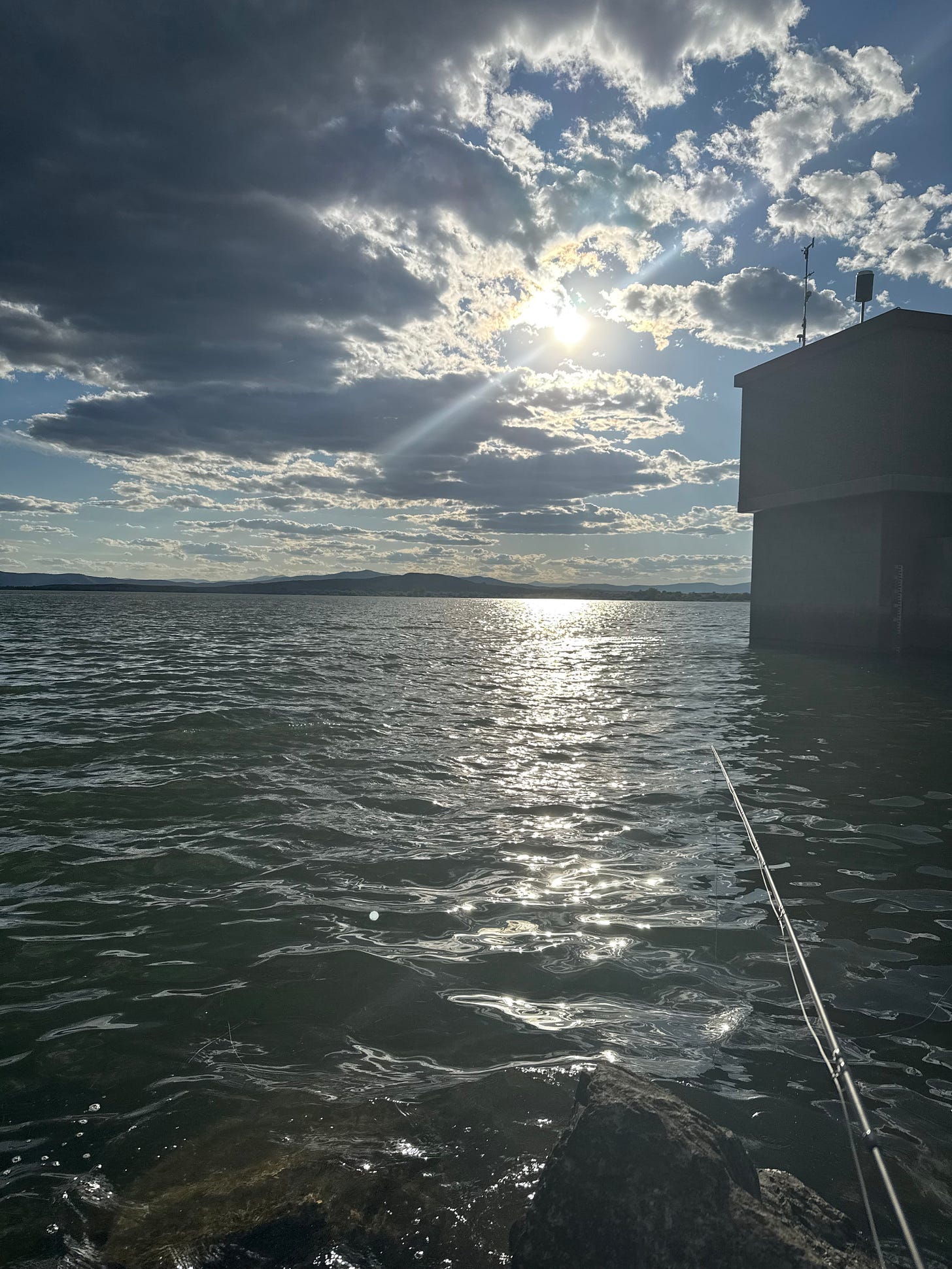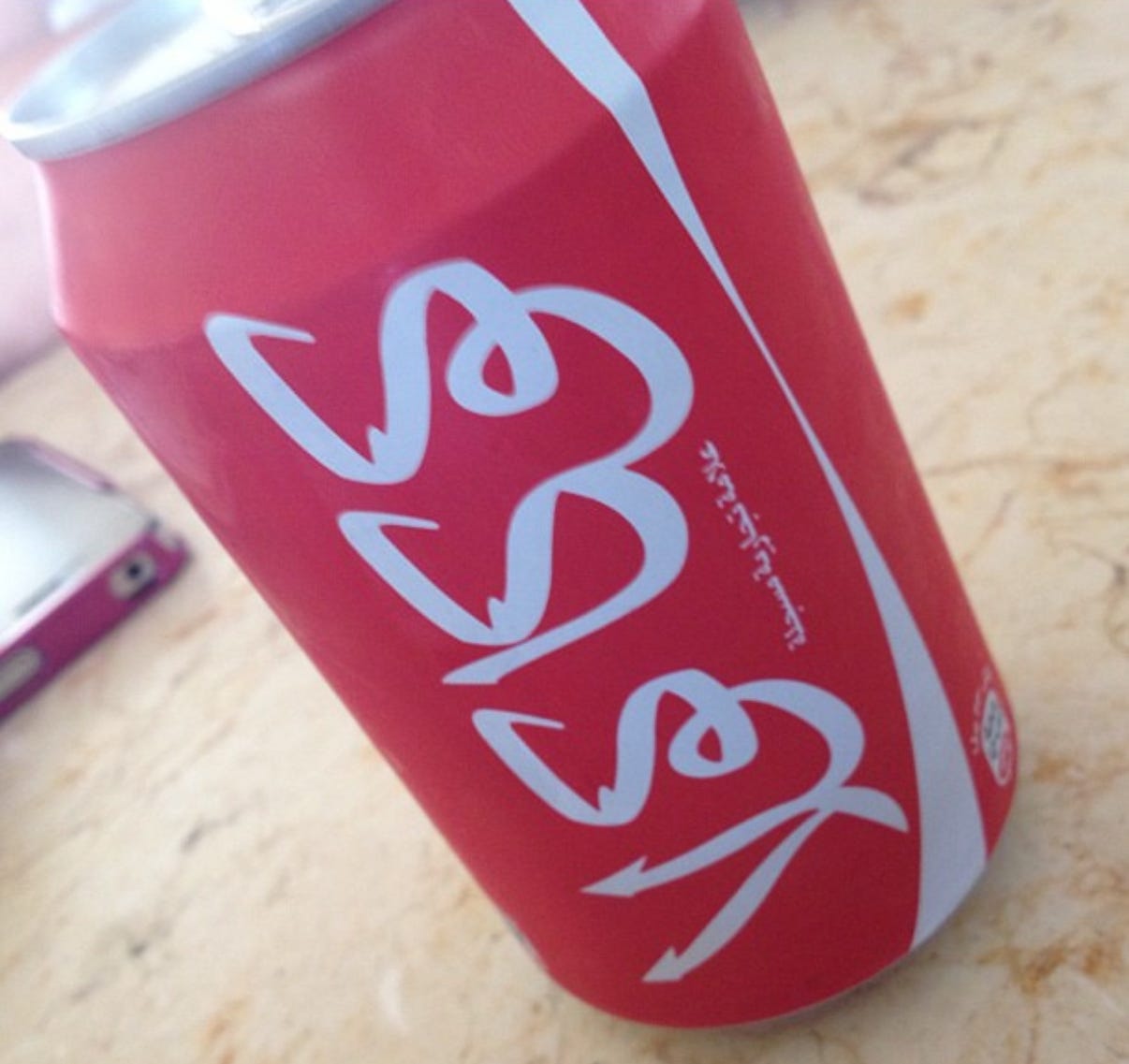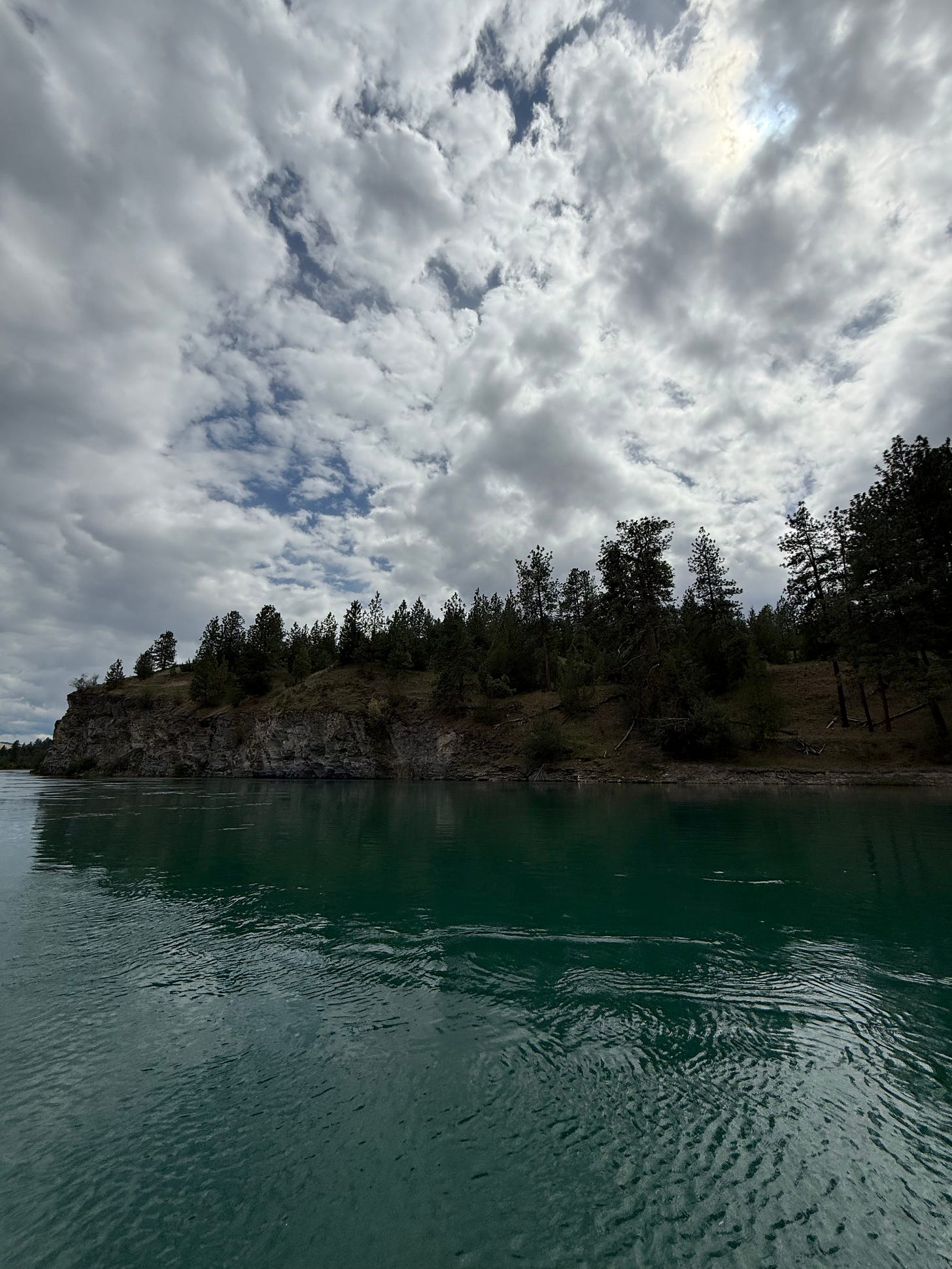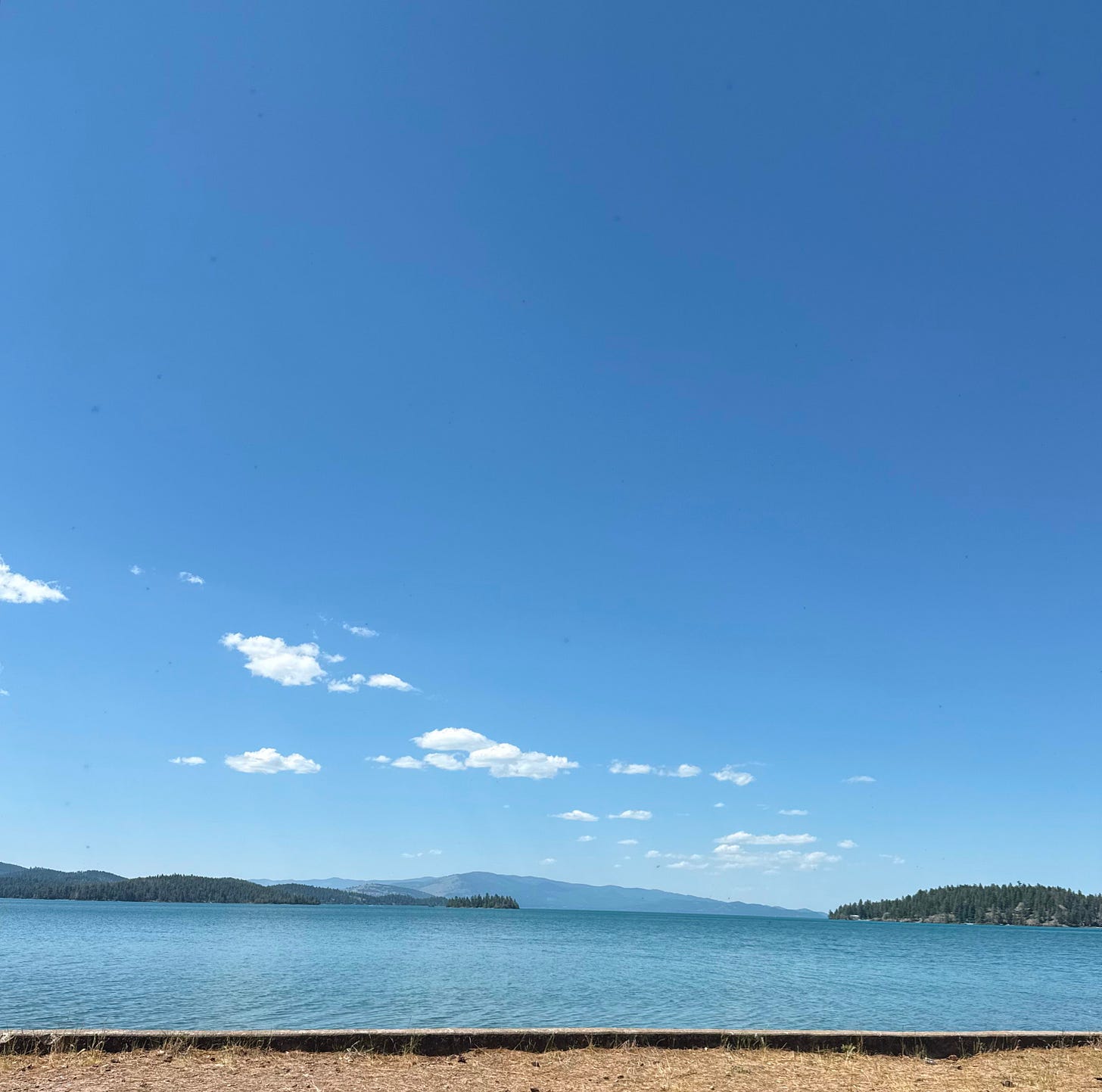Chocolate Milk, Cold Cokes, and Becoming Present
How nature, friendship, and family shape the soul.
What is it about a cold can of coke after a long day in the sun?
In my (relatively) younger years, I used to spend my high school summer days going to the beach with friends. I felt spoiled enough to spend those days at Zuma Beach in Malibu, CA. I recently did a Google search of those, and apparently you can get a miniature version of the classic ocean blue tower for your desk. While I, personally, wouldn’t spend the money on a miniature reminder of relaxation and sunburns, I suppose that is what mementos are for.
As a person who has thrived in routine and ritual, one of my favorites was to walk to the grocery store and get an ice-cold bottle of coke. There was something about swimming in the ocean, being what I think many of us know as “sun tired” (that sort of warm sleepy feeling after being in the sun), and having the cool sugary rush pacify the ocean salt left in my mouth. I think the closest thing I experience to that now is having a soda when eating sushi.
I’ve had cokes from around the world. I’ve had a coke in Palestine, Russia, various places over the Pacific and Atlantic Oceans from 35,000 feet. It’s also hard to beat a bottled coke and tacos in Rosarito, Mexico at Tacos El Paisano (where I also experienced the miracle of the multiplication of the fish tacos). On those days and in those moments, those bottles and cans were ultimately about the connection and the experience of being human with friends, strangers, and companions.
While I realize this next truth may lose me a few followers, lately I’ve been more of a Pepsi fan (and no, this post isn’t sponsored by either). Perhaps it is a sign of finally growing up or a marker of new joys in life, it’s been the soda of choice. While this taste and preference has changed, so do the seasons here in Montana. I think we are clear of our most recent runoff transition, but I need to go to the river soon to check.
Over the last month, we’ve been experiencing a fishing challenge called “runoff”. I’ve written about this natural tradition in a recent post so, in short, it’s when the rivers that are fueled by snow melt begin to swell because, well, the snow melts. When it gets warm out, the snow melts a lot faster, which starts a chain reaction of sorts. The water levels rise, which pulls dirt and debris into the water, turns the water into the color of chocolate milk, and both make fishing undesirable and potentially dangerous. This happens in what are known as “freestone” rivers, one of the three major river types. Freestones are fueled by snow and glacial melt, tail waters are controlled by dams, and spring creeks are just that, water from the earth.
During runoff, we fisher folk tend to go find the tail waters and spring creeks to scratch the itch of fishing. I recently did just that, and I enjoyed it so much I did it twice. The days were colder, but the fishing was on. At the end of the day, I hopped in the truck and my buddy handed me a familiar friend, a can of coke that was sitting on ice in the cooler all day.
While the day was cold, somewhat rainy and wet, and my toes were a little numb, I still had that “I was in the sun all day” sense of fulfillment and warmth settling in my bones. I cracked open the can, and we were making the drive home when we began to talk about life, faith, afterlife, and after-faith. For those who spend time outside, you know these thoughts come about more easily and naturally after encountering the wild.
Runoff in nature, life, and faith is an isolating experience. Our metaphorical banks and boundaries aren’t always able to contain our lived experience. Sometimes the waters look like Nesquik, sometimes the flows are strong, and sometimes both of those are hard to endure for a few weeks. The thing about the murky waters is they don’t get to choose to fish somewhere else. While I’ve been known to stretch a metaphor a little further, I can’t help but wonder what it takes to build the capacity to be the overflowing and muddied runoff river rather than the escapist searching for better fishing?
While we drove the hills back to my car, I said something I don’t think I’ve ever said out loud before. The words that left my mouth both surprised me and yet felt most true to what I know to this moment.
“I think the goal of the spiritual life is to be fully present and available to what is.” I paused for a second, waiting for a response. And at that moment, I felt this posture rise in me, to meet this moment with whatever it is with radical acceptance.
In my observation of this cultural moment, and perhaps a hangover from the age of industrialization, the human-turned-machine is unable to achieve inner peace because we are always re-setting the bar higher. And that’s the nature of competition. Pole vaulters don’t shatter world records by never going higher.
The natural world stands and balks at the human condition of greater, grander, and more. As many tragically lost their homes and livelihoods in the hurricanes last year, so too were the ecosystems disrupted by widespread flooding. Rivers swell up and then drop back down, the ocean ebbs and flows, the sun sets and rises, yet why is doing less seen as a burden?
To those who have known me a long time know that I first went fly fishing in Montana in 2017, and it’s been a key aspect of my self-care since moving here in 2022. I’ve had a shift in my thinking about caring for myself recently, that self-care for me isn’t so much about recovering from the hard things I experience (callbacks to the hospital for traumas, code blues, and such). Self-care is learning how to create the capacity for what is.
I was recently paged into the hospital as a family was experiencing emotional distress over the loss of a family member. I had just been fishing for smallmouth bass the day before and enjoying the sunshine over the reservoir near my house. It is quite the contrast, knowing members in my community were experiencing grief while I was dancing to myself and the water on the shore listening to the Hamilton soundtrack (Work!). As I sat with the patient and their family, offered a vigil and ritual, I gave permission to grieve. “Tears are welcome here,” I said. “This experience of loss is more like a dotted line of little losses along the way.” “They can hear you, feel you, talk to your beloved.”
While I don’t know what your version of an ice-cold beverage is after a long day, I hope you find one that reminds you of your community, conection, and presence. You are here, and that is enough. Allow yourself to be filled with all this moment is.





